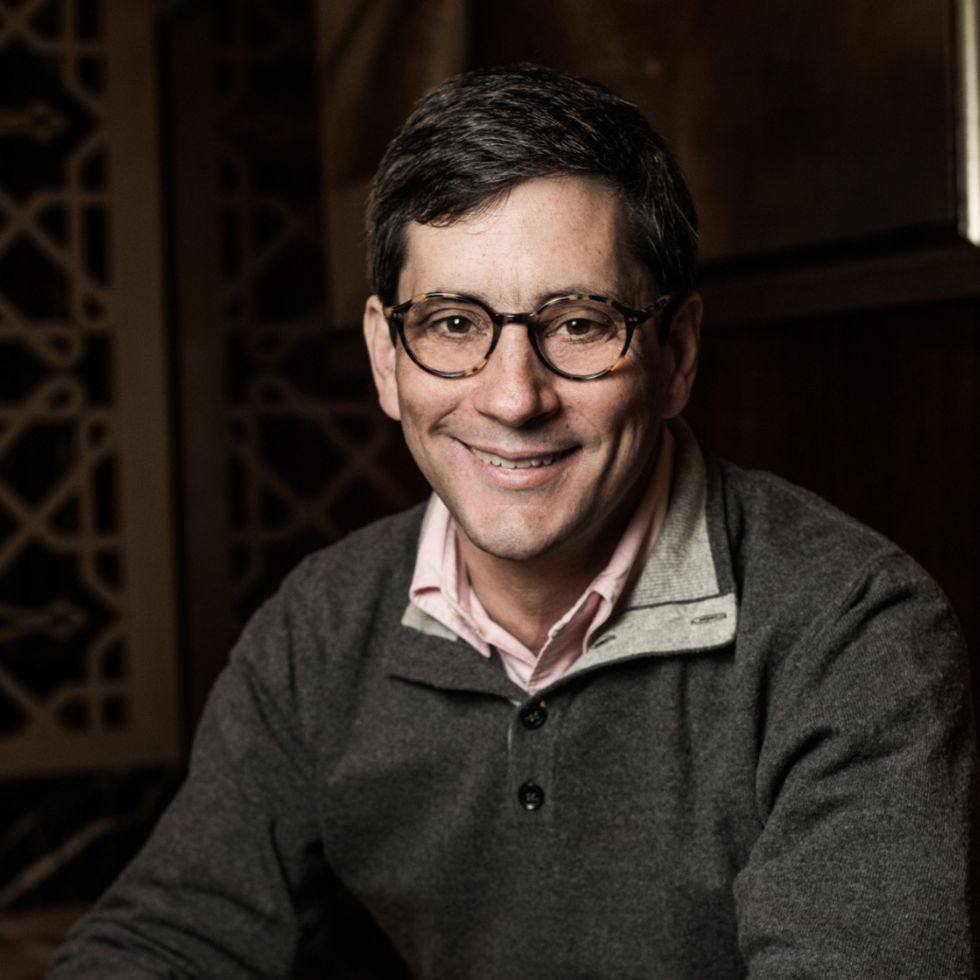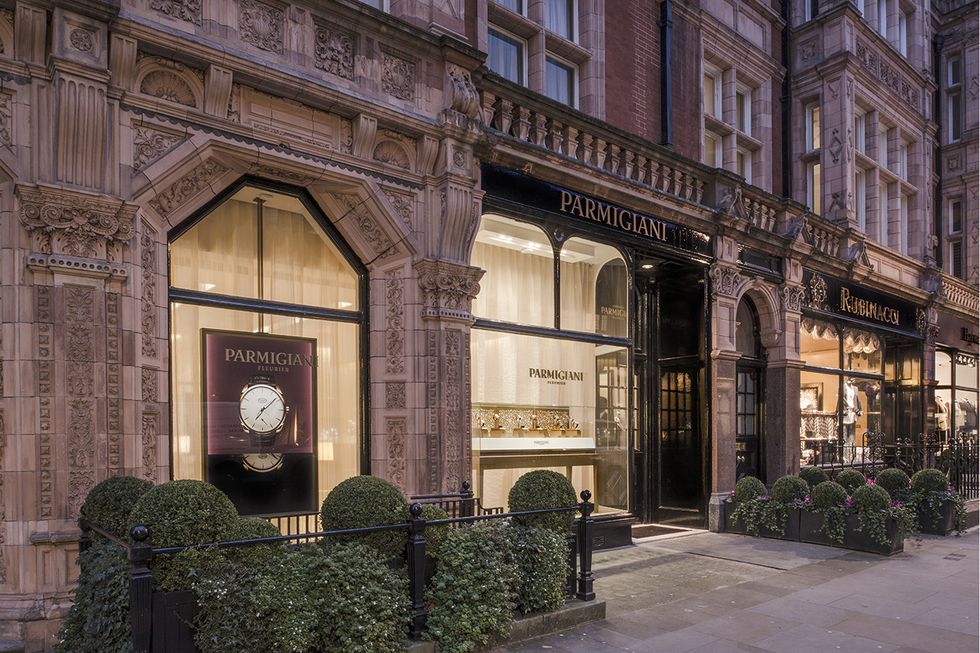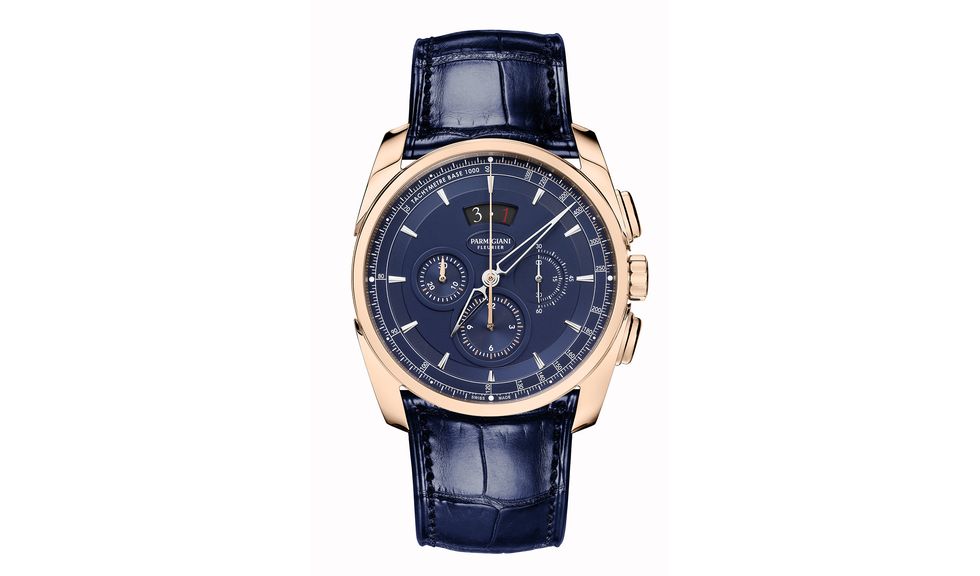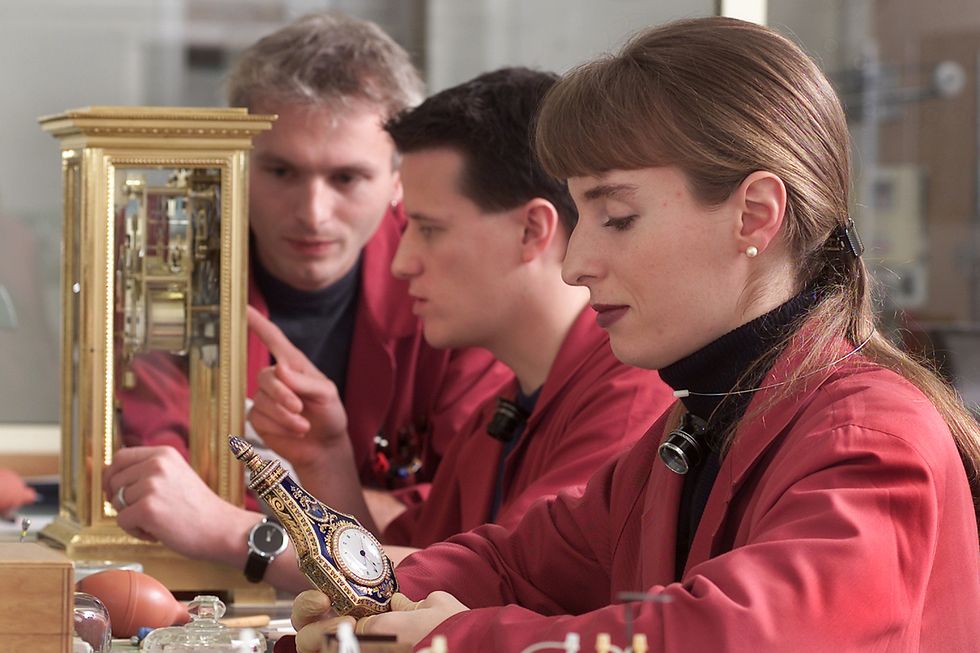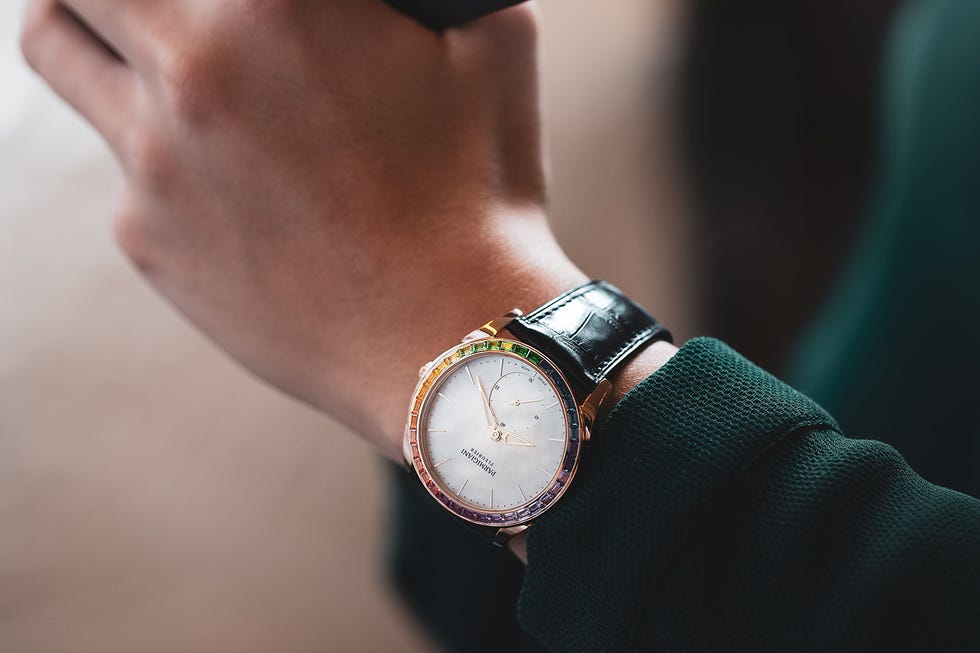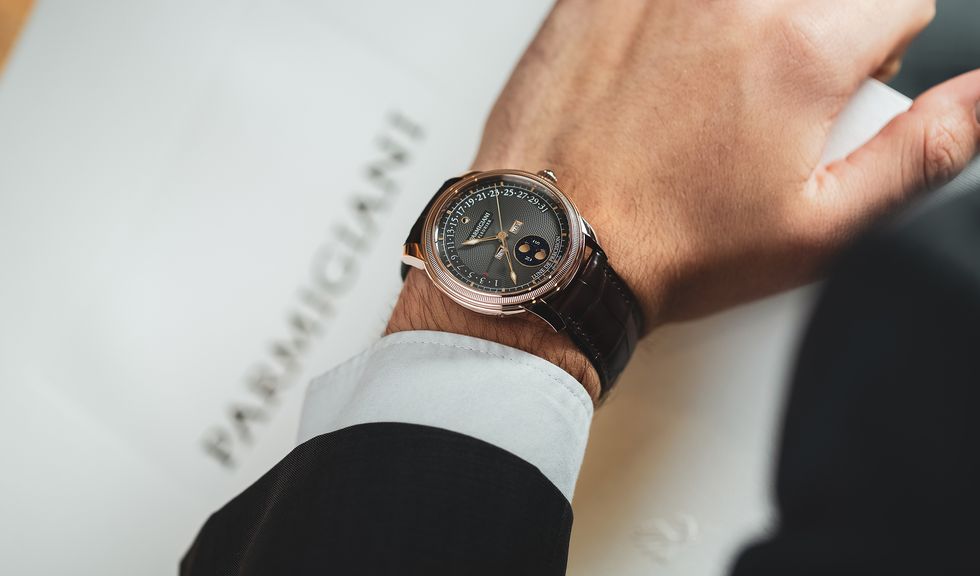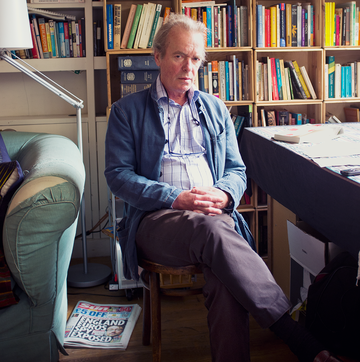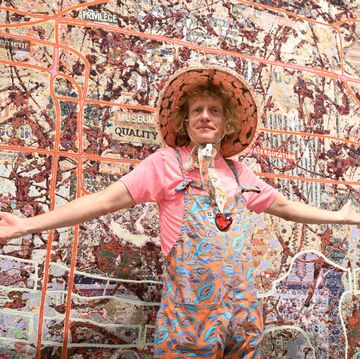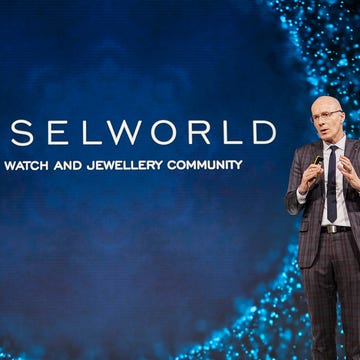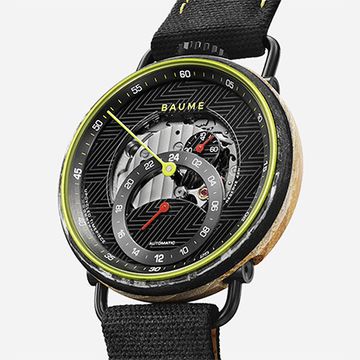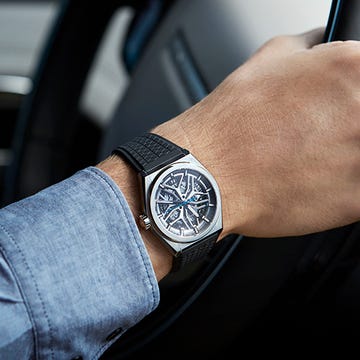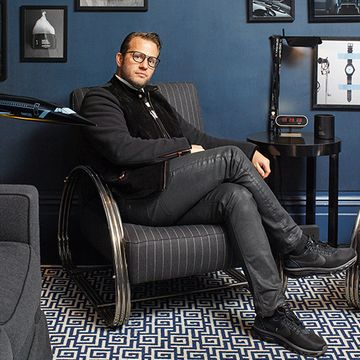In March 2018, Davide Traxler was recruited to Parmigiani as chief commercial officer. At the time, the company was managed by a board that included Michel Parmigiani, the company’s hugely respected founder. Within a few months, Traxler had been promoted suddenly and unexpectedly to CEO and given responsibility for turning Parmigiani into a profitable company inside three years.
QP spoke to the former Corum CEO to find out what exactly has been going on at one of Switzerland’s most traditional watch companies.
QP: Here in the UK, Parmigiani’s business looks a bit unsteady – the Mount Street boutique was closed at the end of last year and staff laid off. What happened?
DT: It might look bad, but the truth is we were over-structured in Europe and under-structured in Asia, where our business has so much potential. Last year, we looked at our European structure. We had subsidiaries in Germany, Italy and the UK. Germany already had a service centre and that was the key driver. Besides that, we felt Italy was less transparent, and the UK was off the map because of the uncertainty of Brexit. But the main thing was the service centre, and so Germany is now the hub for our European distribution.
QP: Looking from the outside in, it doesn’t help that there has been so much change at senior level, too. How did you come to be the company’s CEO so soon after joining the company?
DT: When I joined in March last year as chief commercial officer, there was no CEO. A committee was running the company. But after three months, the stakeholders and the [Sandoz Family] Foundation [which owns Parmigiani] decided they wanted a CEO. It’s not for me to say why. But I’ve been given the responsibility of managing the transformation of the brand.
QP: What objectives have they given you?
DT: The company has been loss-making. My first job was to create a three-year plan to bring it to profitability, which we started in January this year. Turnaround is something the Foundation is committed to. The board has also been strengthened with the arrival of Daniel Riedo, the former Jaeger-LeCoultre chief executive.
QP: You’ve been a CEO before – at Corum. What happened there?
DT: I went in on a one-year contract. They asked me to stay over and continue until after Basel, which I did. I would have continued, but the decision was taken not to remain further. There was a turnaround to be made. Into 2016 we had some very specific objectives around cash flow, etc, and they were reached, as published in the company’s annual report.
QP: So how do you turn around Parmigiani’s fortunes?
DT: A big part of it is in moving investment east. Asia has to be first for us, because 40 per cent of the overall consumption of global luxury watches is Chinese. This year, 25 per cent of our global spend will be on Chinese social media. After Asia, the focus is on the US and then the Middle East. Europe has become a travel retail market. Why? Because of a change in consumer attitude. Europeans are no longer as comfortable with the celebration of success. Italians used to clap their hands when they saw a Ferrari. Now they give a different sort of look. Whereas in China and the US, there is still pleasure in celebrating success. This has been at least 10 years in the making.
QP: Thinking about product and Parmigiani’s position, does that mean tearing up the roadmap and starting again?
DT: No, not at all. Parmigiani is the golden heart of the watch industry. We repair watches from any brand – no one else does that – and we’re going to keep doing that. The idea is to maintain the ‘patrimoine’, the past. Parmigiani was born as a restoration company and we will continue serving other companies that don’t have our skills. We’re a selfless business, if you can believe it, although obviously, the benefit of opening our doors to other brands is that we build up a partner base. A big part of the job is to bring in new partners.
QP: Have you secured any so far?
DT: We’re about to sign a big one. I can’t say who, but you have to remember that Vaucher already supplies movements to the likes of Hermès and Richard Mille, so you can assume it’s a big name.
QP: What else can we expect from Parmigiani as part of the three-year plan?
DT: We’re significantly reducing the number of references in our collection. We have far too many for such a small company. We make 3,000 watches a year with an average price of CHF35,000, and we have 350 active references. That doesn’t make sense. So we’re going to cut it down to 50. And when I look at the three-year plan, we’re going to be doing 80 per cent gold watches. We’ll reduce our steel offering, because we’re not that competitive in that sector.
QP: What will the male/female split be?
DT: At the moment, 20 per cent of our collection is female, and yet 50 per cent of our sales are to women. We are more effective in the ladies’ than the men’s market. We have to address the ladies’ market differently, which isn’t just about product and making watches that are more than a man’s watch with stones on it. The trade is masculine and women don’t enjoy watch stores as much as men. They’re not tailored to women. Women are also much more comfortable shopping online than men and they trust the internet more. We have to address that. But what I can say now is that we’ve got two big ladies’ launches later this year; a new collection and a new, unique complication.
QP: You shut down the Bugatti partnership recently as well – why?
DT: We made some great steps forward with them, but it came to a moment that it wasn’t interesting to us or them. For us, it was also time to focus on Parmigiani and not on co-branding. Bugatti was happy to explore a new partner, and so we agreed to part easily.
QP: You’ve also moved into India for the first time?
DT: Yes, we opened in March with the retailer Ethos. I’ll be honest, it wasn’t just about being in India, it was also about them. They have 40 people working in social media, four full-time journalists, a 24-hour phone service and a bigger Instagram following than any other luxury watch retailer. They’re experts in generating content that engages an audience. We use them as a sounding board for our digital campaigns now.
QP: Who do you think buys a Parmigiani?
DT: Our consumer is self-knowing, continent and aware. They’ve already reached watchmaking maturity. They are not a follower and they want special watches. We certainly want to expand our customer base, but we won’t be lowering our target – in fact, we’ll be raising it. We want to position the brand at the high end, with high complications and with the restoration experience.
QP: What kind of CEO are you?
DT: The age of the CEO who is the centre of the movement is slightly past. It’s not a one man show any more. We’ve had some incredible CEOs in the trade. The last giant is Mr [Jean-Claude] Biver. He was an asset to Swiss watchmaking in general. But the market is more mature now and the accent has to be on success coming from well defined and well executed strategies, a healthy board and strong management. If you compare it to fashion and look back to the 1970s and look at Saint-Laurent, and then Versace in the 1980s, the whole movement was centred on one person. Now, there is a designer, a team, a group around it. In fashion it’s happened; it’s happening in watchmaking.
QP: How do you handle the pressure of making a watch brand profitable?
DT: I don’t tend to have a big issue with stress. It’s one step at a time. You have to see things according to their priority. I like to look at the long term and work from there backwards. I sleep at night. I never switch off my phone. People call me at any time because they never know where I am. The phone calls wake me up. I wake up, answer the call and then go back to sleep.
Like this article? Sign up to our newsletter to get more articles like this delivered straight to your inbox.
